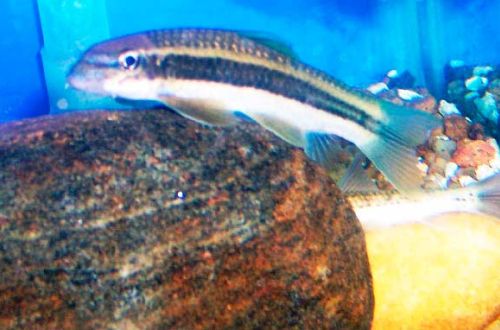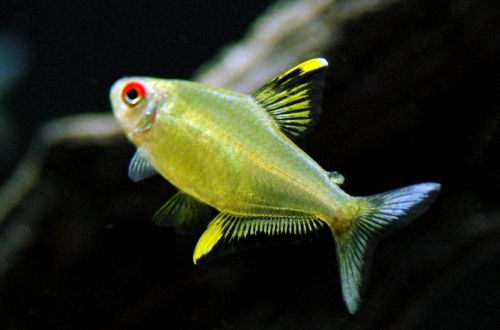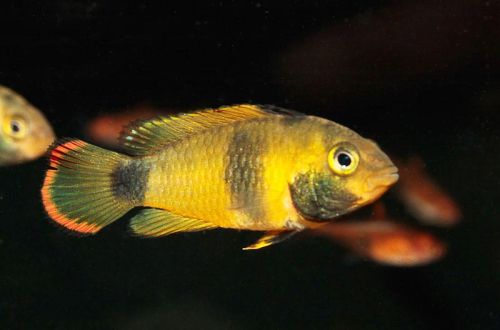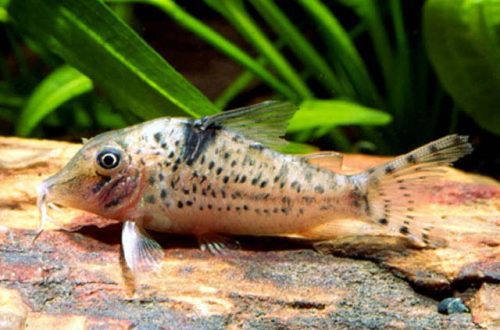
Garra mullia
Garra mullia, scientific name Garra mullya, belongs to the family Cyprinidae (Cyprinidae). The fish is native to Asia. It is widely distributed in the river systems of India and Nepal. It is found everywhere, from shallow mountain streams to large rivers with a calm current.

Description
Adults reach a length of 12-17 cm, depending on the variety and region of habitat. The fish has an elongated body with large strong fins. The coloration consists of a silvery belly and a gray back. A wide dark stripe runs along the sides.
Behavior and Compatibility
Young fish stay in groups, but as they grow older, adult fish begin to strive for a certain isolation, trying to stay away from relatives. This desire is explained by competition for food resources.
Competition with other benthic species is also possible. For this reason, it is recommended to purchase fish that live in the water column or near the surface as aquarium neighbors.
Brief information:
- The volume of the aquarium – from 250 liters.
- Temperature – 24-28°C
- Value pH — 6.5–7.5
- Water hardness – 5–15 dGH
- Substrate type – sandy, rocky
- Lighting – moderate or bright
- Brackish water – no
- Water movement – moderate or strong
- The size of the fish is 12–17 cm.
- Nutrition – any plant-based sinking food
- Temperament – conditionally peaceful
- Keeping alone or in a group of 2-3 individuals
Maintenance and care, arrangement of the aquarium
The optimal size of the aquarium for 2-3 fish starts from 250 liters. Arrangement is optional. However, it was noted that the most comfortable environment is the one that resembles the bottom of a mountain river. Therefore, when decorating, it is recommended to use a rocky substrate with large boulders and snags.
Delicate aquarium plants can be damaged by fish. It is acceptable to place some unpretentious fast-growing species, as well as aquatic mosses and ferns.
For long-term maintenance, it is important to provide clean running water. Garra mullia is sensitive to the accumulation of organic waste. The aquarium must be equipped with a productive filtration system and weekly replace part of the water with fresh water, combining this procedure with cleaning the soil.
Food
In the wild, it feeds on algae, including diatoms, and organic detritus. In a home aquarium, sinking food in the form of large plates, tablets and granules based on plant components will become the basis of the diet.





